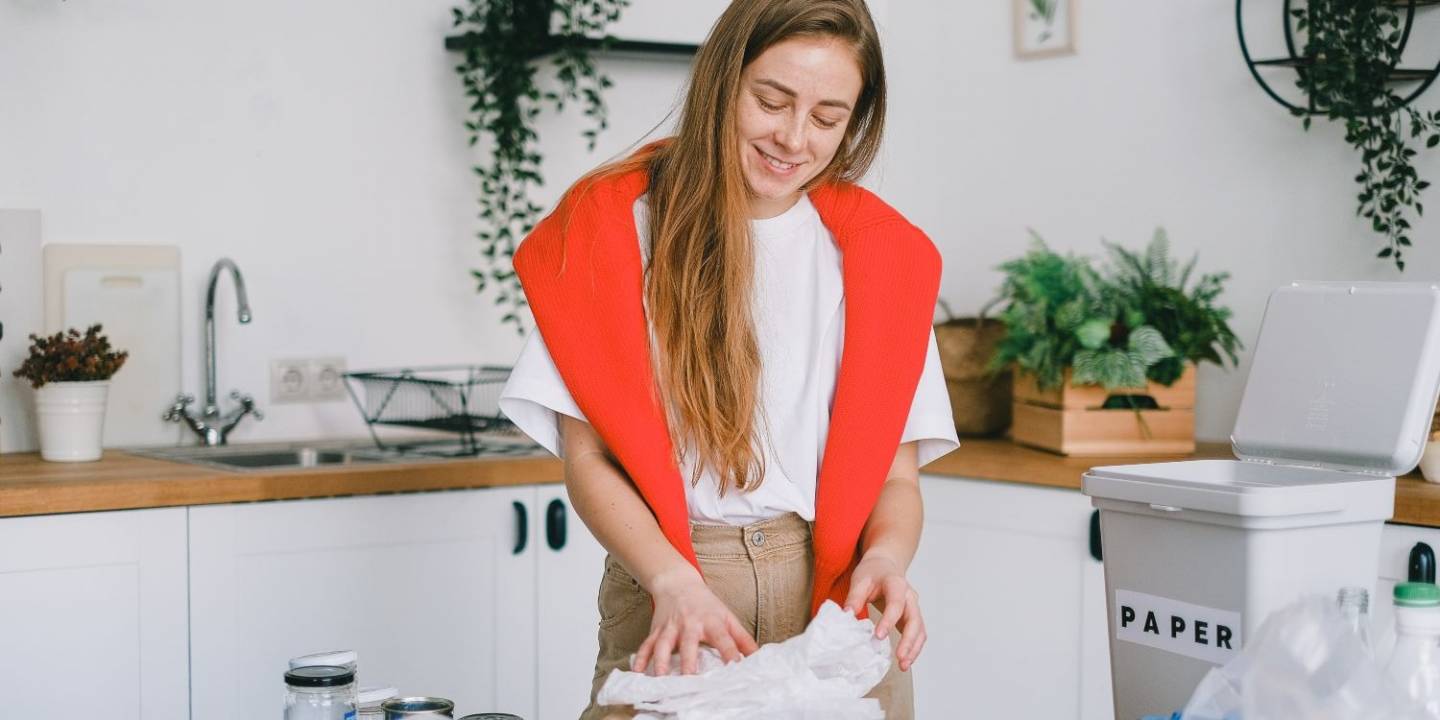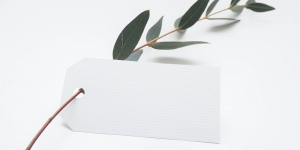Using practical, versatile and lightweight packaging will certainly help reduce transportation costs, but it's even better to opt for eco-friendly alternatives to increase customer satisfaction. By adopting this strategy, you will be able to stand out from your competitors and gain notoriety, which could increase your sales while decreasing your impact on the environment.
Here are 5 eco-friendly packaging alternatives for your products:
Reusable packaging
Reusable packaging, such as cloth bags, durable plastic containers and glass containers are an environmentally friendly alternative to disposable packaging. Most of the time, they can be reused several times before being recycled, which reduces the amount of product that needs to be sent to the recycling center.
- Durability: Reusable packaging is durable and long-lasting, making it suitable for repeated use. They are often made from materials such as glass, plastic, metal or strong fabrics.
- Reusable: Reusable packaging is designed to be used many times, making it more environmentally friendly than single-use packaging. Consumers can use them repeatedly to store, transport or serve food or beverages.
- Variety: Reusable packaging is available in a wide variety of sizes, shapes and materials.
- Customizable: They can be personalized with colors, patterns or logos to represent a brand or company. Consumers can also personalize their own reusable packaging with designs or stickers.
- Ease of Care: Reusable packaging is often easy to clean and maintain, making it convenient for everyday use. They can be washed by hand or in the dishwasher and are often microwave and freezer safe.
Packaging made of compostable materials
These packages are made from natural materials such as cellulose or starch and can be composted at the end of their useful life.
- Biodegradable: They are also designed to decompose quickly and naturally under the action of micro-organisms in appropriate conditions. They degrade into natural elements such as water, carbon dioxide and organic matter, without leaving toxic residues.
- Certification: Compostable packaging can be certified to guarantee its quality and compliance with environmental standards. The most common certification in Quebec is CAN/BNQ 0017-088, which guarantees that a product is compostable.
- Composting conditions: They require specific conditions to decompose. They must be composted in a controlled environment, where the temperature, humidity and aeration are optimal for the growth of micro-organisms. They should be composted in industrial or home composting facilities, and should not be disposed of in household waste.
- Performance: Packaging made from compostable materials can perform similarly to traditional plastic packaging in terms of strength, transparency and durability.
Bioplastic packaging
Bioplastic packaging is made from plant-based materials such as corn or potato starch. They are biodegradable and can be used to package food and beauty products.
- Plant-based materials: Bioplastic packaging is made from polymers derived from renewable raw materials such as corn starch, sugar cane, sugar beets, potatoes, algae, wood waste and other sources. They can also be made from non-renewable raw materials such as petroleum, but these bioplastics are not considered environmentally friendly.
- Biodegradable: They are often designed to be biodegradable, which means they can break down into natural elements such as water, carbon dioxide and organic matter under appropriate conditions. This can reduce their impact on the environment by avoiding waste accumulation.
- Recyclable: Bioplastic packaging can also be recyclable, which means that it can be recovered, reused and made into new products. However, not all types of bioplastics are recyclable and may require specific infrastructure and processes.
- Performance: They can offer comparable performance to traditional plastics in terms of strength, transparency, tightness and durability.
Recycled kraft paper packaging
As the name suggests, this type of packaging is made from recycled kraft paper. It can be used to package lightweight products such as clothing, accessories or even books. This alternative has the following advantages:
- Recycled Material: Recycled kraft paper packaging is made from recycled kraft paper, which means that it is made from paper fibers that have already been used and recycled. This means they have a smaller carbon footprint than other types of packaging and help reduce waste. Kraft paper is known to be strong and sturdy, which makes it ideal for packaging.
- Color: This type of packaging is usually light brown or beige due to the natural color of recycled paper. This gives the packaging a natural and eco-friendly look.
- Eco-friendly Printing: They are often also printed with water-based inks to minimize the impact on the environment. The prints are usually simple and minimalist to highlight the natural color of the paper.
- Texture: They have a rough, grainy texture that gives a sense of quality and durability. This texture can also help prevent scratches and damage in transit.
Bamboo packaging
Bamboo is an ecological alternative to plastic. Bamboo packaging is biodegradable and can be used to package food and beauty products.
- Renewable material: Bamboo packaging is made from bamboo, a fast-growing plant that is renewable and environmentally friendly. Bamboo is also naturally resistant to water and bacteria, making it an ideal material for food packaging.
- Durable: They are long-lasting and strong, making them reusable and therefore less likely to be thrown away after a single use. They are also biodegradable and compostable, which means they break down quickly and don't contribute to environmental pollution.
- Natural look: They also have a natural and organic look that can give a positive image to the products they contain. They can also be customized with patterns or prints to add an aesthetic touch.
- Versatility: They are versatile and can be used for a variety of products, such as food, beverages, cosmetics and household items. They can be made in a variety of shapes and sizes to fit different uses.
- Protection: Bamboo packaging offers effective protection against external elements such as water, dust and impact, helping to preserve the quality of the products it contains.
Combine different solutions
Each type of sustainable packaging has different advantages in terms of environmental impact, cost and functionality. By combining different sustainable packaging solutions, it is possible to leverage each one and further reduce the overall environmental impact.
For example, a company can use recycled kraft paper packaging for some products, reusable packaging for take-out meals and compostable packaging for other products that require a shorter shelf life. This reduces the use of single-use plastic while meeting the specific needs of each product.


